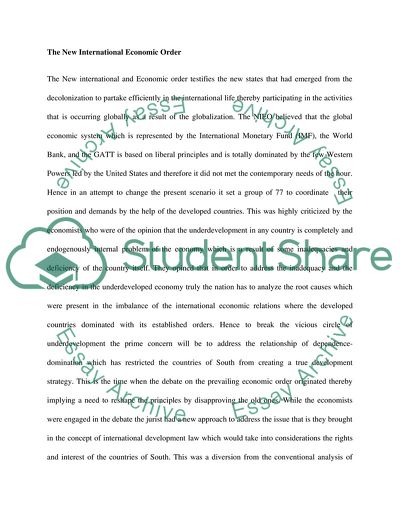Cite this document
(The New International Economic Order within the United Nations Case Study - 1, n.d.)
The New International Economic Order within the United Nations Case Study - 1. Retrieved from https://studentshare.org/macro-microeconomics/1752339-the-new-international-economic-order-within-the-united-nations
The New International Economic Order within the United Nations Case Study - 1. Retrieved from https://studentshare.org/macro-microeconomics/1752339-the-new-international-economic-order-within-the-united-nations
(The New International Economic Order Within the United Nations Case Study - 1)
The New International Economic Order Within the United Nations Case Study - 1. https://studentshare.org/macro-microeconomics/1752339-the-new-international-economic-order-within-the-united-nations.
The New International Economic Order Within the United Nations Case Study - 1. https://studentshare.org/macro-microeconomics/1752339-the-new-international-economic-order-within-the-united-nations.
“The New International Economic Order Within the United Nations Case Study - 1”. https://studentshare.org/macro-microeconomics/1752339-the-new-international-economic-order-within-the-united-nations.


